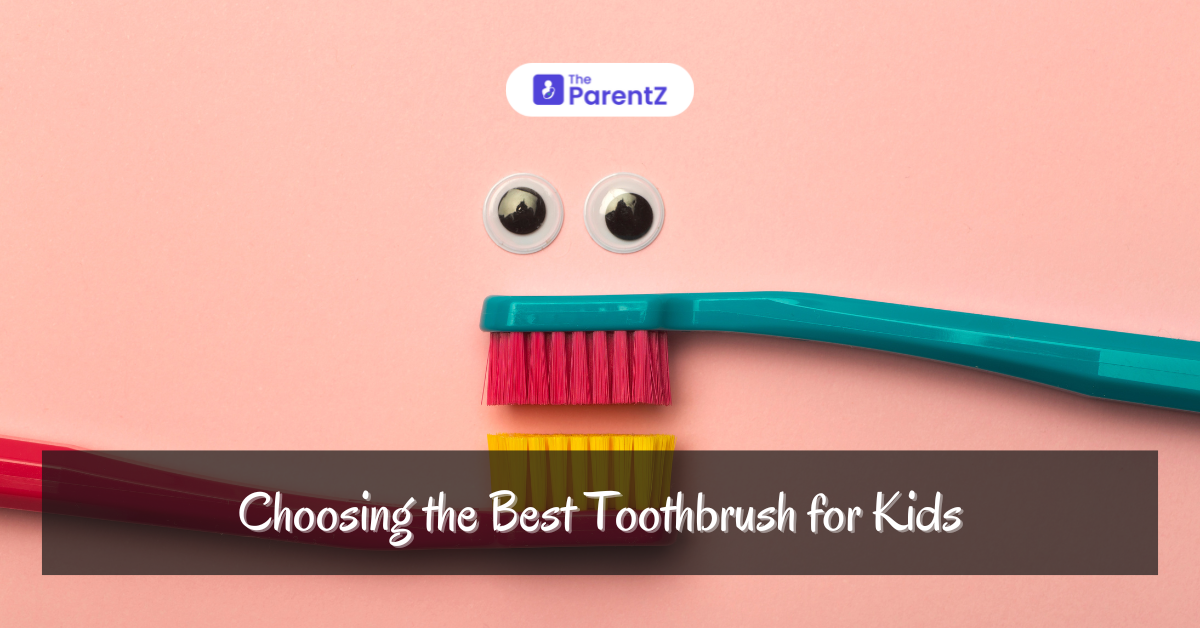When it comes to choosing the best toothbrush for children, parents often find themselves overwhelmed by the variety of options available. It’s crucial to understand the differences between soft and hard brushes and how the number of tufts can impact dental health. The best toothbrush in every sense should cater to your child’s specific needs.
Factors to consider
One of the first decisions to make is whether to choose a soft or hard brush. Soft brushes are typically recommended by dentists for children due to their gentle nature. The soft bristles are less likely to cause damage to the gums and enamel, making them the best toothbrush choice for younger children. On the other hand, hard brushes can be too abrasive, potentially leading to gum irritation and enamel erosion.
Bristles: Soft vs. Hard
- Bristles play a significant role in determining the best toothbrush for children.
- Soft bristles are preferred because they clean effectively without being too harsh.
- They can reach between teeth and along the gum line without causing discomfort.
- Conversely, hard bristles may provide a more vigorous clean but at the risk of damaging delicate gum tissues and wearing down the enamel.
- Hence, the best toothbrush for children usually features soft bristles.
The Number of Tufts
- Another important factor to consider is the number of tufts in a toothbrush.
- Tufts are clusters of bristles grouped together on the brush head.
- The best toothbrush for children often has a higher number of tufts, providing more bristles to clean the teeth thoroughly.
- A toothbrush with more tufts can cover a larger surface area, making it easier to remove plaque and food particles.
- Additionally, the number of tufts should be appropriate for the size of the child’s mouth to ensure comfortable and effective brushing.
Choosing the Right Toothbrush: Key Considerations
- Age Appropriateness: Select a toothbrush designed for your child’s age group. The best toothbrush for toddlers will differ from that for older children.
- Bristle Softness: Opt for soft bristles to protect your child’s gums and enamel.
- Tuft Number: Ensure the toothbrush has an adequate number of tufts for effective cleaning.
- Handle Design: Choose a toothbrush with a comfortable, non-slip handle to make brushing easier for small hands.
Conclusion
Selecting the best toothbrush for children involves understanding the importance of soft versus hard bristles, the impact of tuft number, and ensuring the toothbrush is age-appropriate. By prioritizing these factors, parents can help their children maintain excellent dental hygiene and develop healthy brushing habits.
Remember, the best toothbrush in every category should provide a balance of comfort, effectiveness, and safety, ensuring a positive brushing experience for your child.








Be the first one to comment on this story.